KN95 Face Masks are approved by the FDA and CDC for use by medical professionals and the general public. The use of KN95 Masks is currently advised by the World Health Organization. Aside from regulatory standards, these masks are favored by many due to their comfortable and convenient design. KN95 Masks feature an earloop, allowing them to be put on fast and easily, while also creating an airtight seal from the nose to the chin, preventing particles from entering. Consider stocking up on disposable gloves as well.
KN95 Face Mask Anatomy
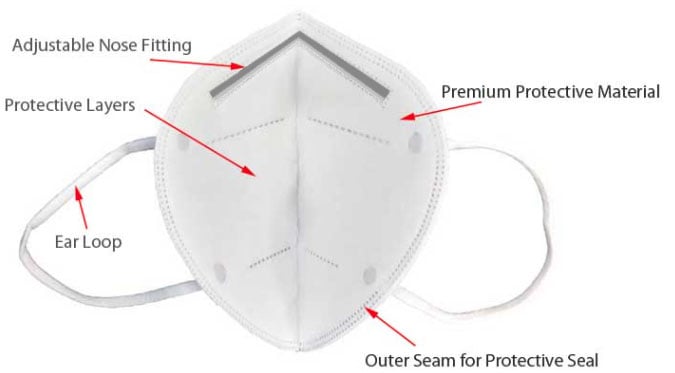
Approved by FDA and CDC
KN95 Face Masks are considered very effective against airborne particles, viruses, and bacteria. Due to their overall effectiveness, the FDA and CDC have approved KN95 masks to protect against particles. Aside from the FDA and CDC, the effectiveness of these masks has been tested and proven through international regulations and regulatory standards.
Used by Healthcare Professionals
The KN95 filtering facepieces are currently being used by healthcare professionals. These masks are considered by the FDA and CDC to be effective at reducing the spread of particles and bacteria. Unlike many respirators, the KN95 is designed to fit tightly around the face, creating an airtight seal.
Protection Against Droplets and Particles
KN95 Masks provide 95% protection against all particles that are greater than 0.3 m in diameter, which includes bacteria and viruses found in droplets, pollution particles, fine particles, dust, smog, and pollen, among other things. With a 3D foldable design, earloops, and an adjustable nosepiece, these masks provide an airtight seal when used correctly, which is essential in protecting one's self and others from these particles. Instructions for use and tightness testing can be found below.
Features and Benefits
- Shields User From Droplets Greater Than 0.3 m in Diameter
- Protects Against Particles: Viruses, Bacteria, Pollution, Dust, Smog, Pollen
- Shields User From Droplets Greater Than 0.3 m in Diameter
- High-Quality, Nonwoven Fabric and Melt-Blown Fabric
- Bendable Nose Bridge Sewn Between Multi-Layer Material
- FDA-Approved Filter Efficiency of More Than 95%
Frequently Asked Questions (FAQ)
WHO Recommends KN95 Masks to Fight Virus Transmission?
The CDC recommends wearing masks to slow the spread of illness. KN95 masks are being used by healthcare professionals due to the belief that they protect against more than 95% of all particles, viruses, and bacteria. However, there are not enough long-term studies to show that the use of N95 and KN95 masks is effective.
What Is a KN95 Face Mask?
KN95s are internationally approved and standardized respiratory masks for protection from harmful particles. These masks have become available to large masses in an attempt to fight the spread of viruses. The KN95 filtering masks have been used by healthcare professionals around the world since being approved by the FDA according to FDA guidelines and international standards. Where the N95 mask is the US standard, KN95 is the Chinese standard for masks, but both are approved by the FDA. Below is a comparison chart between the two.
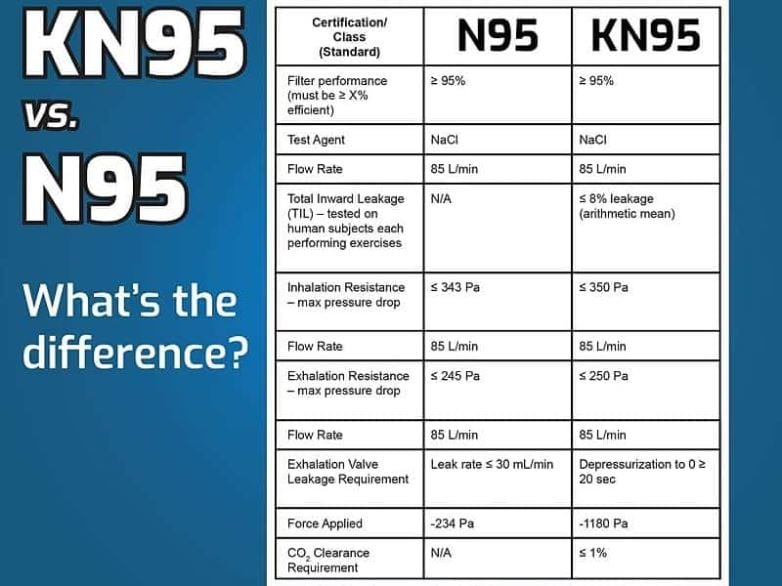
What Are KN95 Masks Made With?
KN95 Face Masks are made with a nonwoven fiber layer on the outside and the inside, with a hot air cotton layer and a meltblown filter layer sewn between the two. These masks feature a comfortable earloop on both sides and a small, flexible metal strip sewn inside the mask at the bridge of the nose for custom fitting.
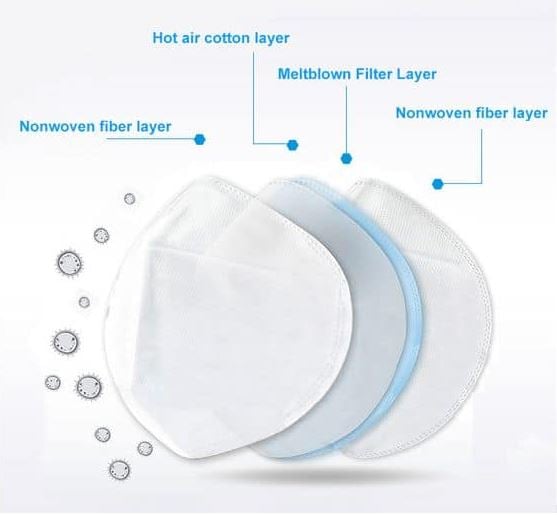
How Long Can You Use a KN95 Mask?
Both the N95 and KN95 masks are designed for one-time use. Although the CDC has recommended the reuse of disposable respirators due to the shortage of masks, face masks should always be changed after use.
Can Children Use KN95 Face Masks?
KN95's are not approved for use by children. Any KN95 respiratory masks that are said to be approved for the use of children are likely inauthentic and should be received with caution.
Usage and Care
How to Wear

- Remove the plastic bag and open the mask.
- Face the inside of the mask and place the mask to cover the nose and mouth.
- Hang the mask ear loops over each ear with even pressure to both sides.
- Adjust the mask fit to cover the nose and mouth completely.
- Use both hands to adjust the nose bridge for a comfortable fit and good seal.
- Smooth the mask on all sides to seal to the face.
Airtightness Test
- Put your fingers together and buckle them on the mask. Do not move the position of the mask.
- Inhale vigorously, then hold your breath for a few seconds, and feel that the mask has a significant inward collapse.
- Exhale vigorously, then hold your breath for a few seconds, and feel that the mask has obvious outward bulging.
- If a leak is detected, please re-check according to steps 1-3 until requirements 2 and 3 are met at the same time.
- Only masks that pass the first and third steps can meet the airtightness requirements of protective masks.
Storage
- This product should be stored in a well-ventilated, dark, and dry environment, away from fire sources, pollutants, and possible sources of pollution.
- Store at a temperature of -20C to 38C. Storage humidity should be
- The standard storage life is five years.
- The production date will be listed on the package.
Product Specifications
- Manufacturer: ANHUI KANGXUN MEDICAL SUPPLIES TECHNOLOGY CO., LTD.
- Product Number: GB2626KN95
- Size: 4.2 x 6.1 Inches
- Layers: 3
- Filtration Efficiency: 95.1%
- Expiration Resistance:
- Aspiration Resistance:
- Standard: GB 2626-2006
- FDA-Approved: Yes
- Shelf Life: Five Years
- Executive Standard: GB2626-2006; EN149:2001+2009
Warnings and Precautions
Masks can filter certain contaminants, but they do not eliminate the risk of illness or infection. Incorrect use of masks may cause illness or even death. Materials in direct contact with the skin may cause allergic reactions in some sensitive individuals.
- Use mask during the validity period.
- Keep skin dry before use.
- Store masks in a dry place.
- Refer to instructions for use.
Manuals and Documents
References/Registration
 World Health Organization
World Health Organization Center for Disease Control and Prevention
Center for Disease Control and Prevention Center for Disease Control and Prevention
Center for Disease Control and Prevention
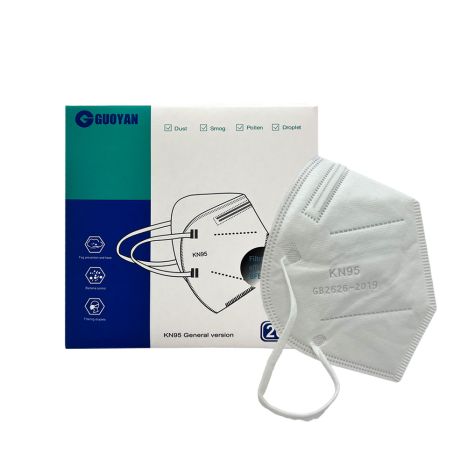


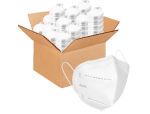

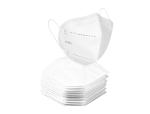

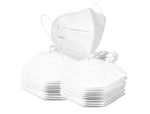


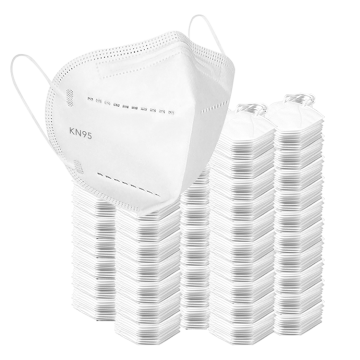
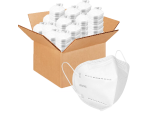

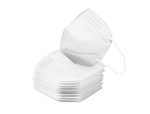

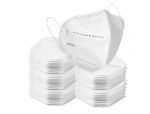


Login and Registration Form